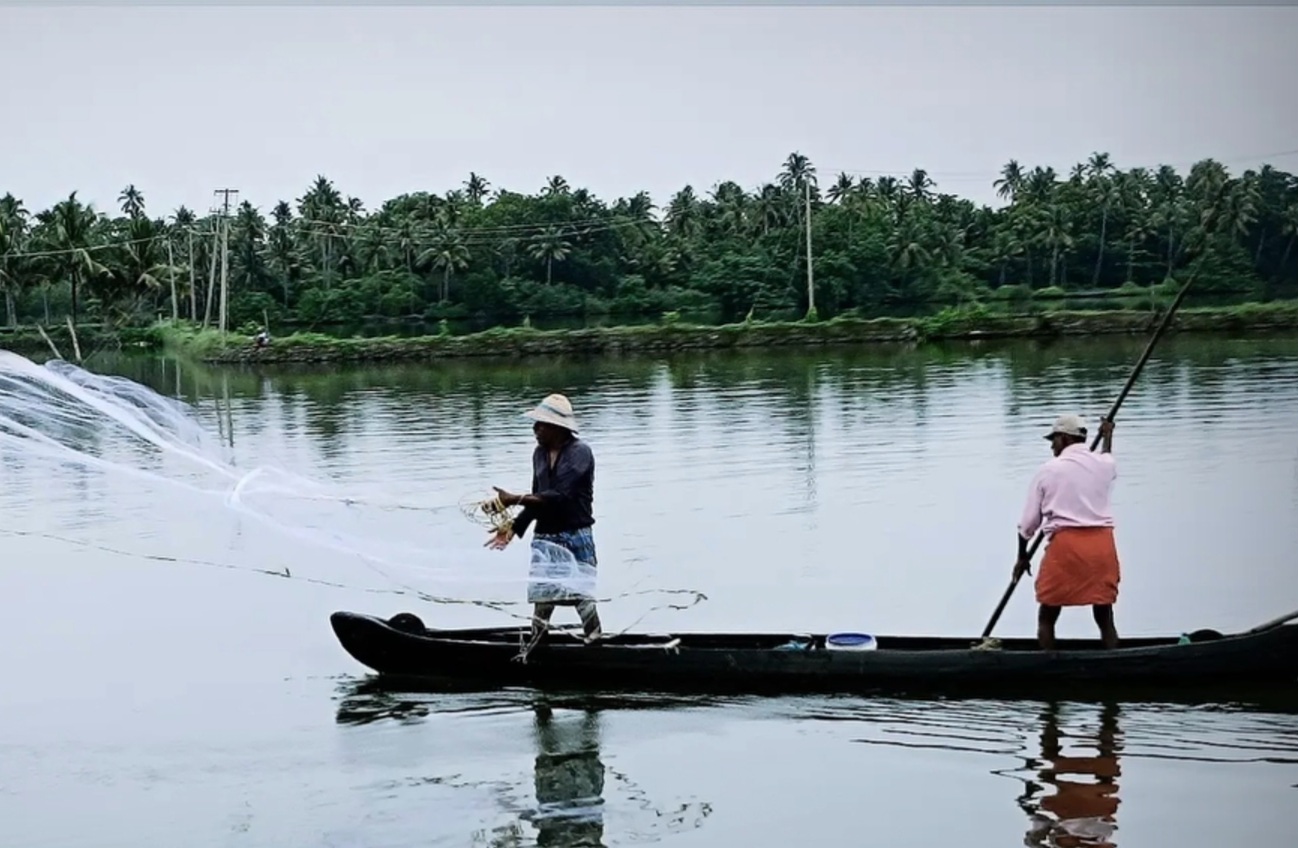
By Asma Saleem, Deputy Regional Representative for Asia and the Pacific, ICVA
Extreme heat is rapidly emerging as one of the most severe climate-related threats in the Asia-Pacific region, with increasing frequency, intensity, and duration of heatwaves causing widespread health, economic, and environmental challenges. Rising global temperatures, driven by climate change, have exacerbated the urban heat island effect, disrupted agricultural productivity, and disproportionately impacted vulnerable populations, including the elderly, pregnant women, children, and outdoor workers.
The Asia-Pacific Ministerial Conference on Disaster Risk Reduction (APMCDRR) 2024, with its theme “Accelerating Resilience and Innovation in Disaster Risk Reduction”, provides a critical platform for addressing extreme heat through collaborative policy action and regional cooperation. APMCDRR serves as a key mechanism for promoting locally led disaster risk reduction (DRR) strategies, fostering multi-stakeholder collaboration, and ensuring joint resource mobilization to enhance climate adaptation and strengthen resilience among at-risk communities.
Recent studies confirm that extreme heat events in the Asia-Pacific have intensified due to climate change, with record-breaking temperatures exceeding 50°C in some regions. Countries like India, Bangladesh, the Philippines, and Pakistan have reported a significant increase in heat-related mortality rates in recent years. According to the IPCC Sixth Assessment Report (2021), heatwaves are expected to increase in frequency and severity, disproportionately affecting low-income and coastal communities that lack access to cooling infrastructure.
APMCDRR 2024 presents a unique opportunity for Asia-Pacific countries to strengthen DRR strategies by implementing scalable and community-driven solutions to combat extreme heat. Through inclusive multi-stakeholder dialogues, capacity-building initiatives, and policy coordination, the conference promotes locally led adaptation efforts and stronger partnerships between governments, humanitarian organizations, NGOs, civil society, think tanks, and academia. The focus must be on integrating traditional knowledge with scientific innovation and ensuring that adaptation measures are tailored to the needs of vulnerable populations.
With financial resources for climate adaptation becoming increasingly limited, collaborative financing models and pooled resources are essential for scaling up DRR efforts across the Asia-Pacific region. Cross-sector partnerships between governments, humanitarian agencies, local NGOs, and private sector stakeholders can unlock new funding opportunities and maximize the impact of existing financial resources. APMCDRR 2024 can serve as a catalyst to:
As extreme heat becomes the “new normal,” urgent and coordinated action is necessary to protect vulnerable populations across the Asia-Pacific region. APMCDRR 2024 underscores the importance of empowering local actors, leveraging regional partnerships, and mobilizing joint resources to build long-term resilience against climate change. By integrating locally driven solutions with evidence-based policy frameworks, the Asia-Pacific region can strengthen its disaster preparedness and mitigate the devastating effects of extreme heat.
Through collaborative regional efforts and commitments made at APMCDRR, the Asia-Pacific region has a unique opportunity to turn climate challenges into action-oriented solutions, ensuring safer and more climate-resilient communities for future generations.
Disclaimer: The views expressed in this piece are those of the author/s and do not necessarily reflect the views or policies of AIDMI.